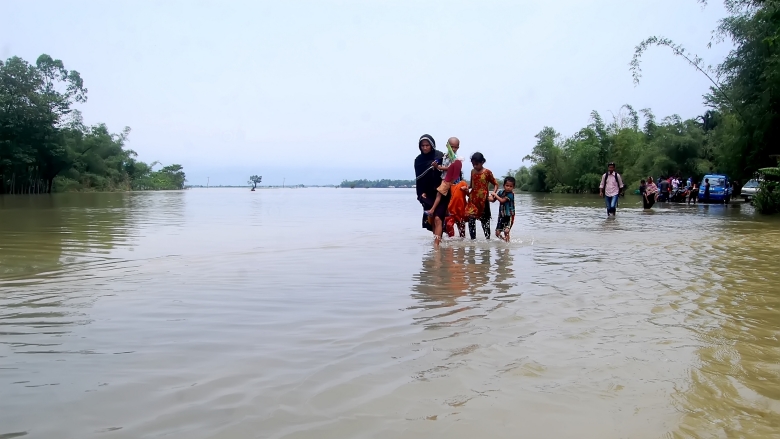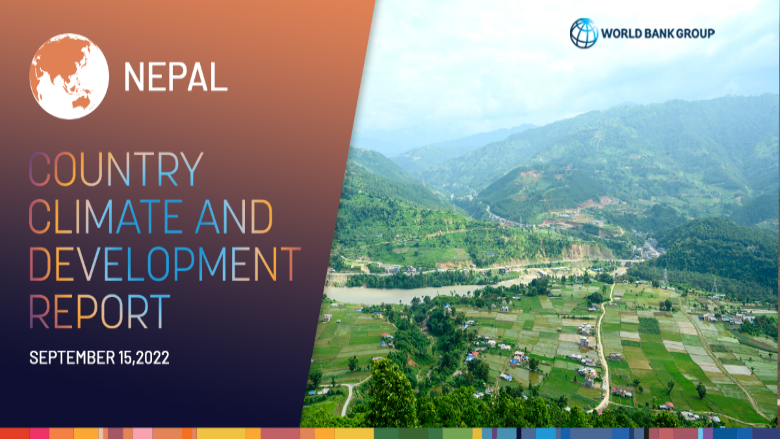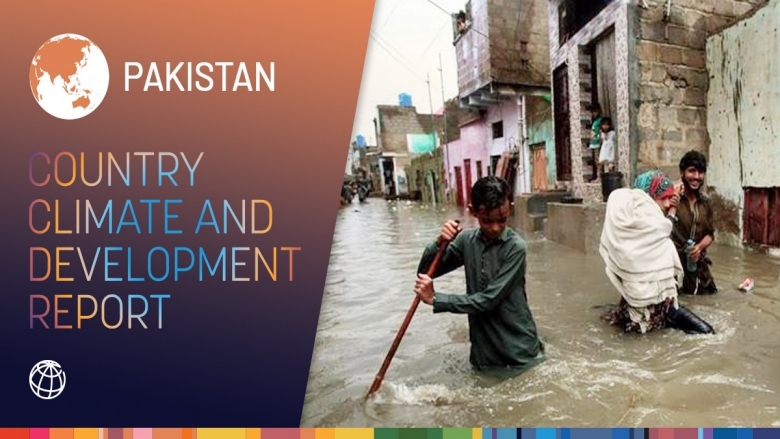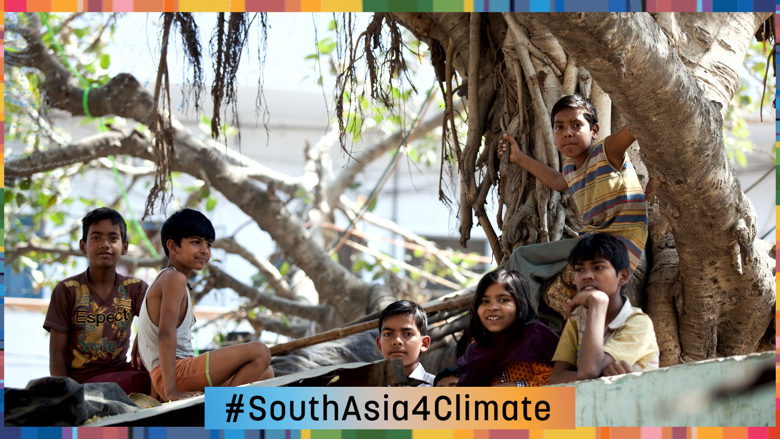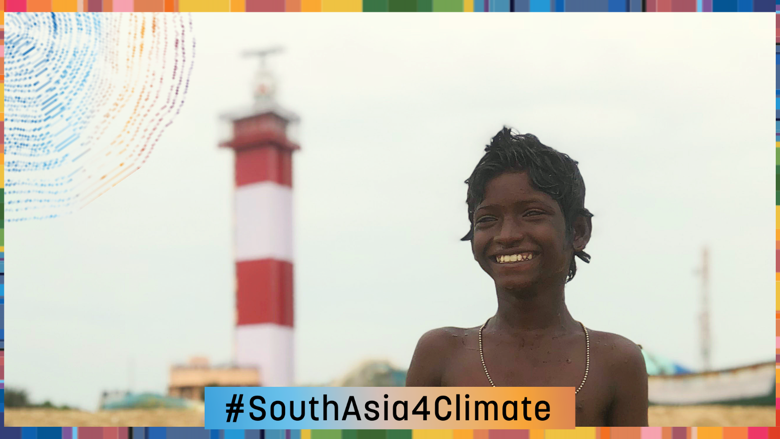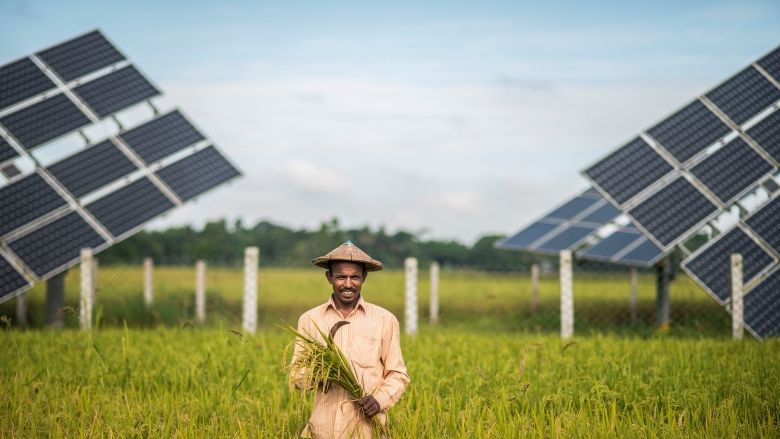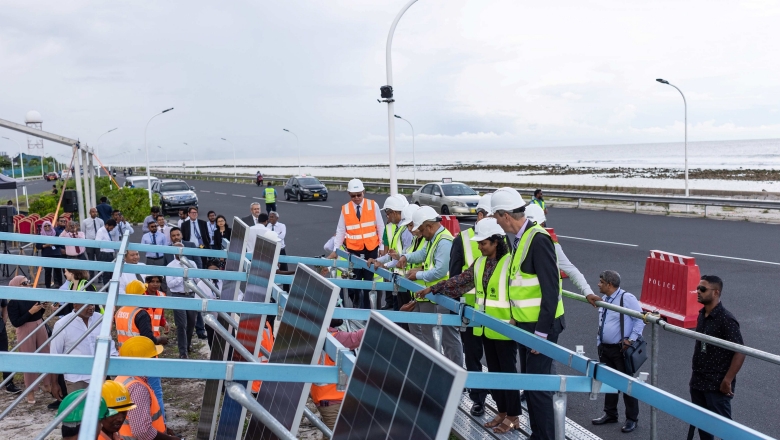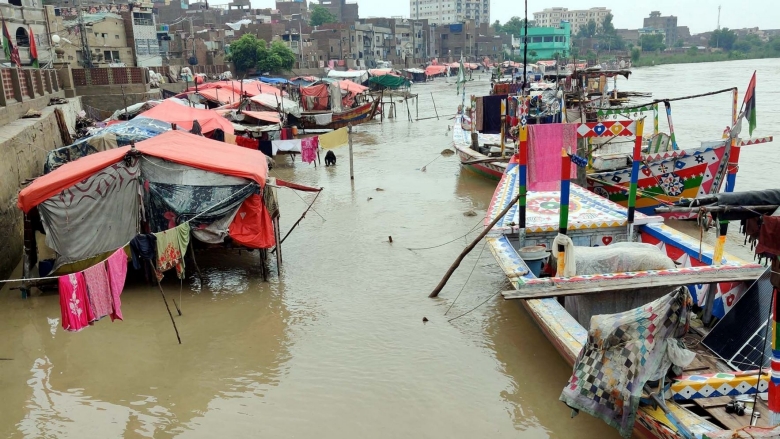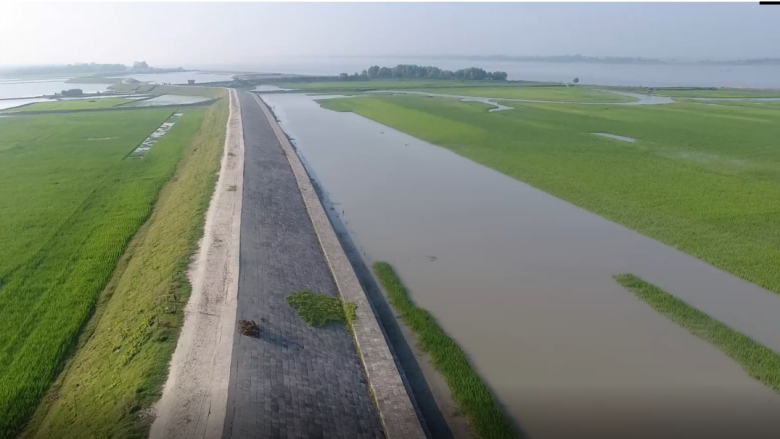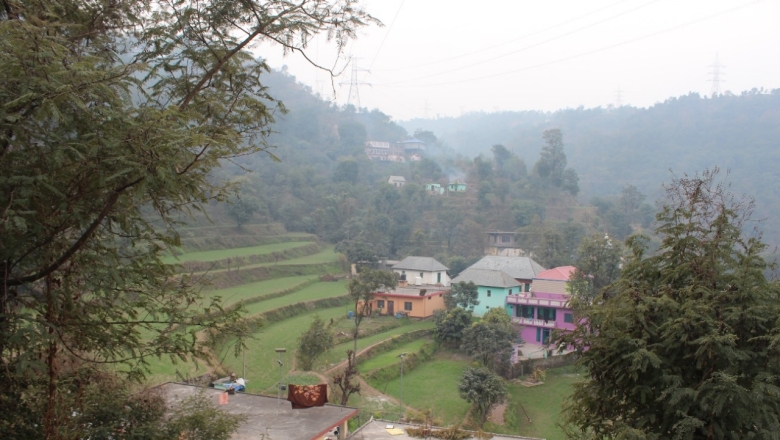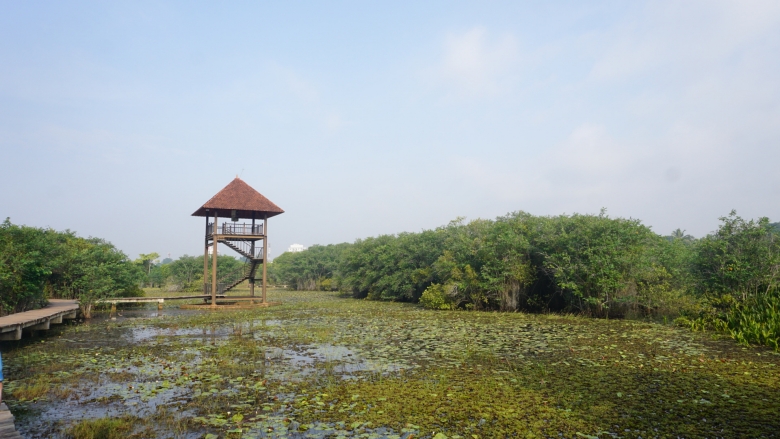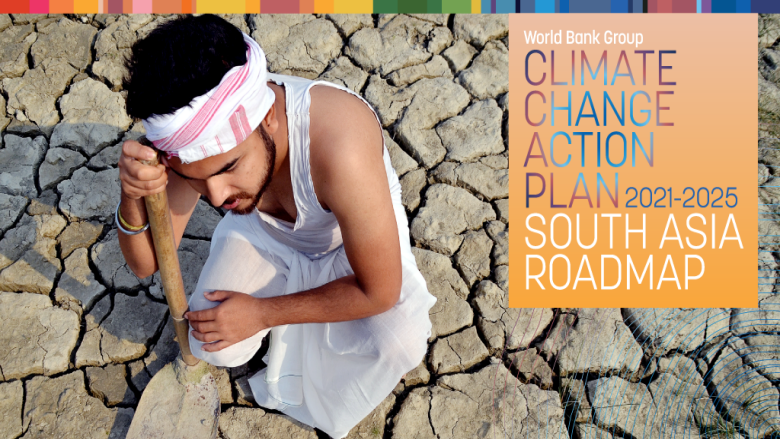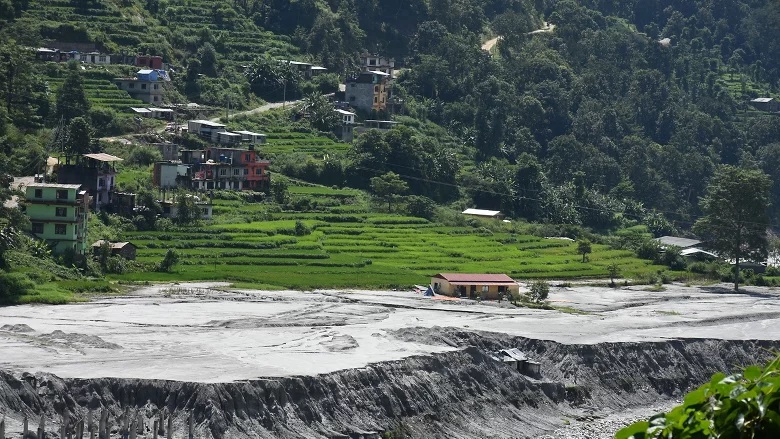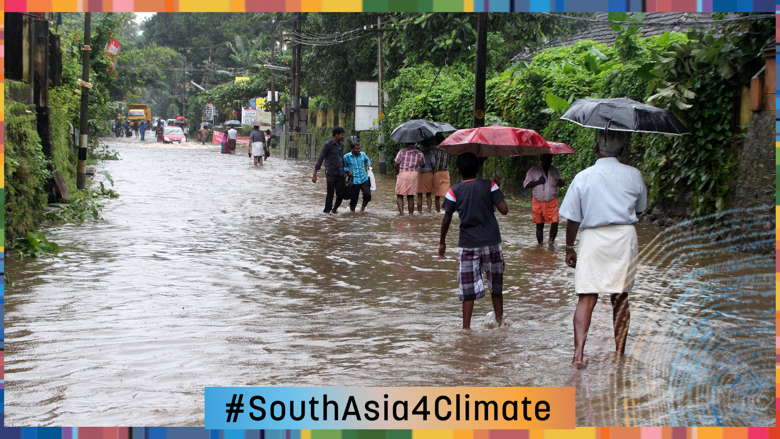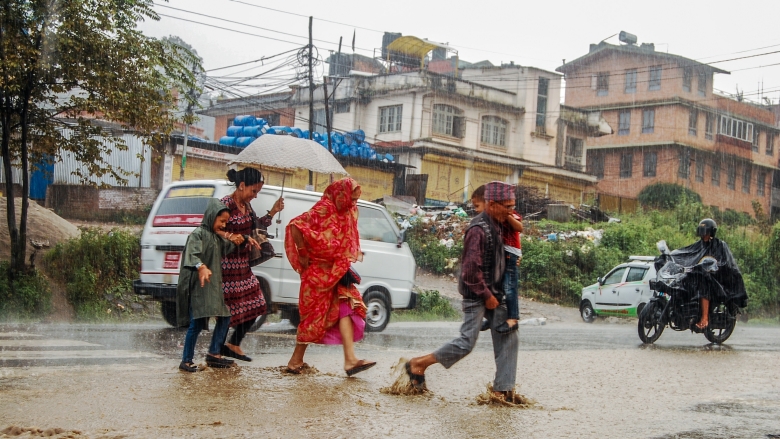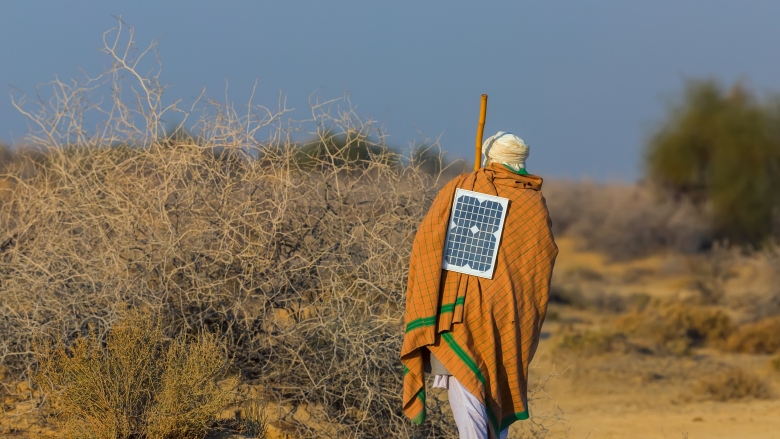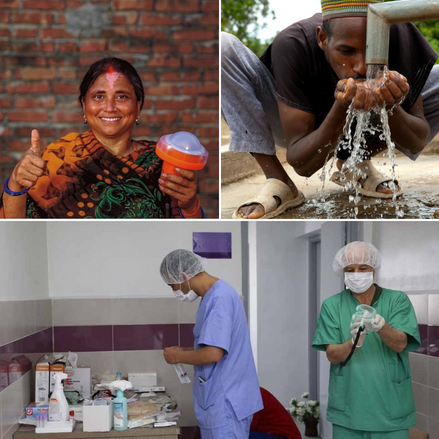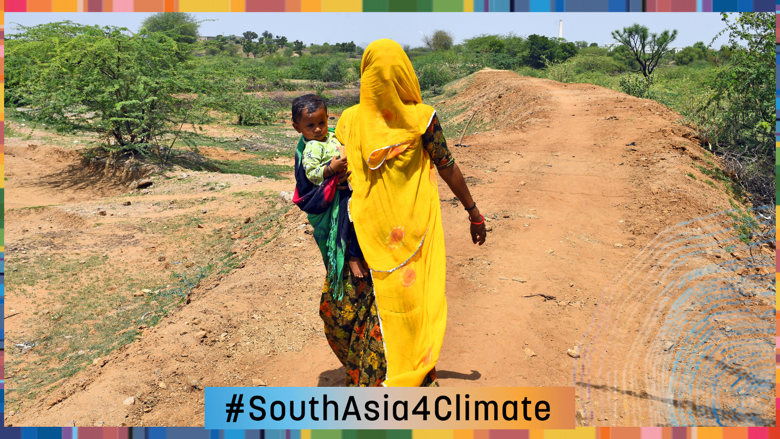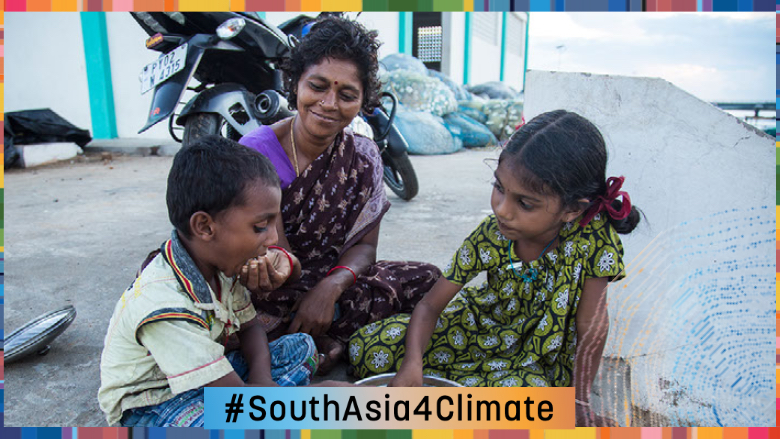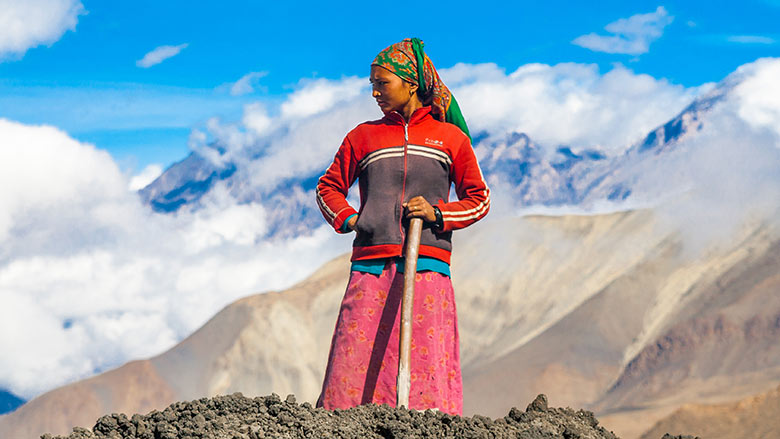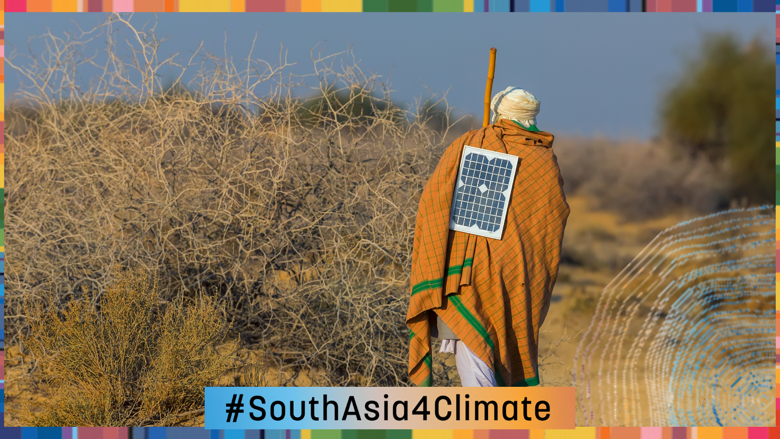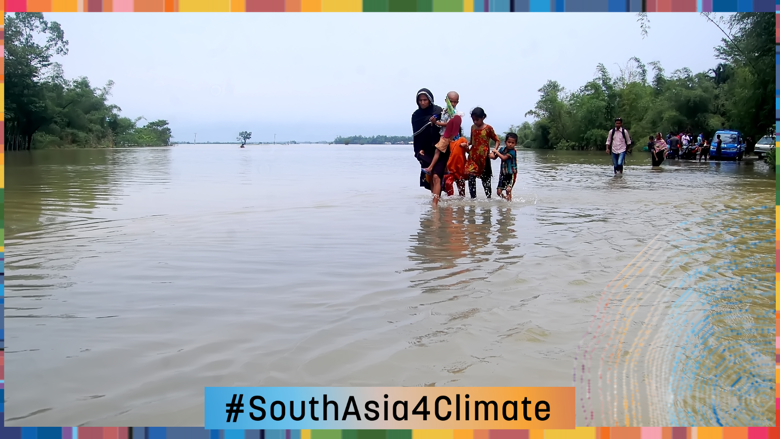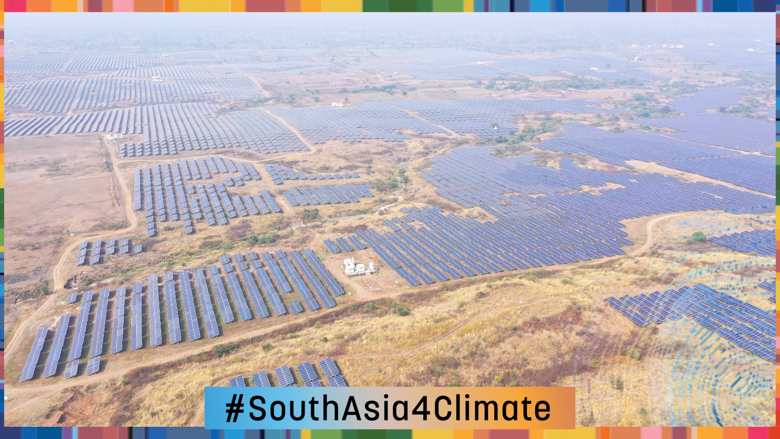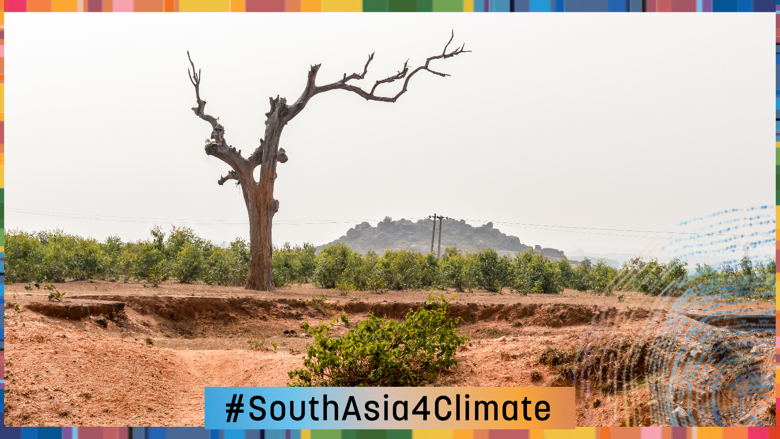The World Bank Group has recently launched a series of new core diagnostic reports that integrate climate change and development considerations and help countries prioritize the most impactful actions that can reduce greenhouse gas (GHG) emissions and boost adaptation. The Country Climate and Development Reports (CCDRs) build on rigorous data and research and identify main sources of GHG emissions and climate vulnerabilities.
For South Asia, the Bank Group has launched CCDR's for Bangladesh; Pakistan; Nepal. More to come in the next few months.
______________________________________________________________________________
South Asia is one of the most vulnerable regions to climate shocks. The region is living through a “new climate normal” in which intensifying heat waves, cyclones, droughts, and floods are testing the limits of government, businesses, and citizens to adapt. More than half of all South Asians, or 750 million people in the 8 countries — Afghanistan, Bangladesh, Bhutan, India, Maldives, Nepal, Pakistan, and Sri Lanka — were affected by one or more climate-related disasters in the last two decades. The changing climate could sharply diminish living conditions for up to 800 million people in a region that already has some of the world’s poorest and most vulnerable populations.
At the same time, South Asia is pioneering many climate-smart solutions, including innovative community approaches to coastal resilience, scaling up renewable energy, and regenerative forestry. Accelerating and scaling up these efforts is critical to building resilience to the rapidly warming climate in the region and reducing emissions.
Helping countries combat climate change:
The World Bank Group released its new South Asia Climate Roadmap to help guide its interventions as it implements the World Bank Group Climate Change Action Plan 2.0 in this key region. The Roadmap lays out how the Bank Group will support climate action – both mitigation and adaptation efforts – for our government and private sector clients over the next five years.
The World Bank Group’s South Asia Climate Roadmap will help the region ramp up its climate action in key transitions:
- The Agriculture, Food, Water, and Land Systems Transition
- The Energy and Transport Transition
- The Urban Transition

